Andrés Salazar, a Swiss-based scientific illustrator, gives us exclusive insight into what the profession of a scientific illustrator entails. Following the first part of his interview, Andrés tells us what inspired him to become a scientific illustrator in the first place!
-
When did you realise you wanted to become a scientific illustrator?
I realised this was what I wanted to do during my first year of studies. If you want to follow any kind of career in the arts in Switzerland, you have to do a preparatory foundation year. During that year you do a little bit of everything, from drawing to modelling clay, to get an idea of what path you want to follow as a creative. One day, a scientific illustrator came by to talk about his profession. I remember being immediately drawn to the idea. Achieving naturalism is a big part of scientific illustration. I realised that this was something I excelled at and wanted to make use of it. The prospect of working with experts from different scientific fields was very exciting.
-
Can you tell us more about what your job as a scientific illustrator entails?
As a scientific illustrator, you have to portray things in either a very naturalistic way or a very idealised way to capture their essence. In medical illustration, for example, you have to depict only what is relevant. As an illustrator, you have to blur or reduce some features, such as the blood or the gore, to focus on the arteries, nerves and muscles for example.
I also work in other fields, such as archaeology and natural sciences. I am drawn to the sciences in general and find it really fascinating to work in such diverse fields. Every time I work with someone I get to learn something new. What you learn from a doctor, for example, is very different from what you learn when working with a museum.
-
What are some of the things you have learned through your work?
Well, I have some experience in environmental studies, because I also need to understand the science behind the things I am drawing. For example, for one of my jobs I had to create a fictional environment of a riverside. I had to do extensive research to know what plants to draw in the water, which plans to draw near it, which animals to include… I had to read around 4 or 5 books about it and I also worked closely with specialists so as to be as scientifically accurate as possible.
This is actually one of the main things that keeps me going: the knowledge I get out of it. By doing illustrations, I get to expand my horizons. I’m not just creating something that looks nice; I’m creating something that will help teach people about science.
-
How would you sum up your profession?
If I were to describe my profession in one sentence I’d say that scientific illustration comes in where words and photography don’t work as media anymore. For example, I once had to draw how the woods came back to life after the ice age. I had to show which trees came first, which trees followed when it got warmer, and then what changed during the middle ages when it got colder again. I had to depict the way it started with just grass and the world grew on from there. There’s no other way to portray that than with an illustration.
-
Does your job involve travelling or meeting people from around the world?
While I do occasionally travel for my work, I do most of my work remotely. I’m based in Switzerland, so most of the work I do is for Swiss clients. It is not a very known line of work. but it’s becoming more and more acknowledged. You can study scientific visualisation in Lucerne and Zurich. They now call it “knowledge visualisation”, (the name changes every few years), which I believe is a very fitting term for it. But I do get to meet different people through my work, and that’s something I really enjoy. I like getting to know people’s perspective and stance on a topic, especially if they’re experts in that field. Obviously, the illustration part of the job doesn’t involve much social interaction. So I really enjoy it when it’s time to discuss a concept or a brief with a client. It’s one of the most fun parts of my job.
Discover Andrés Salazar’s Work

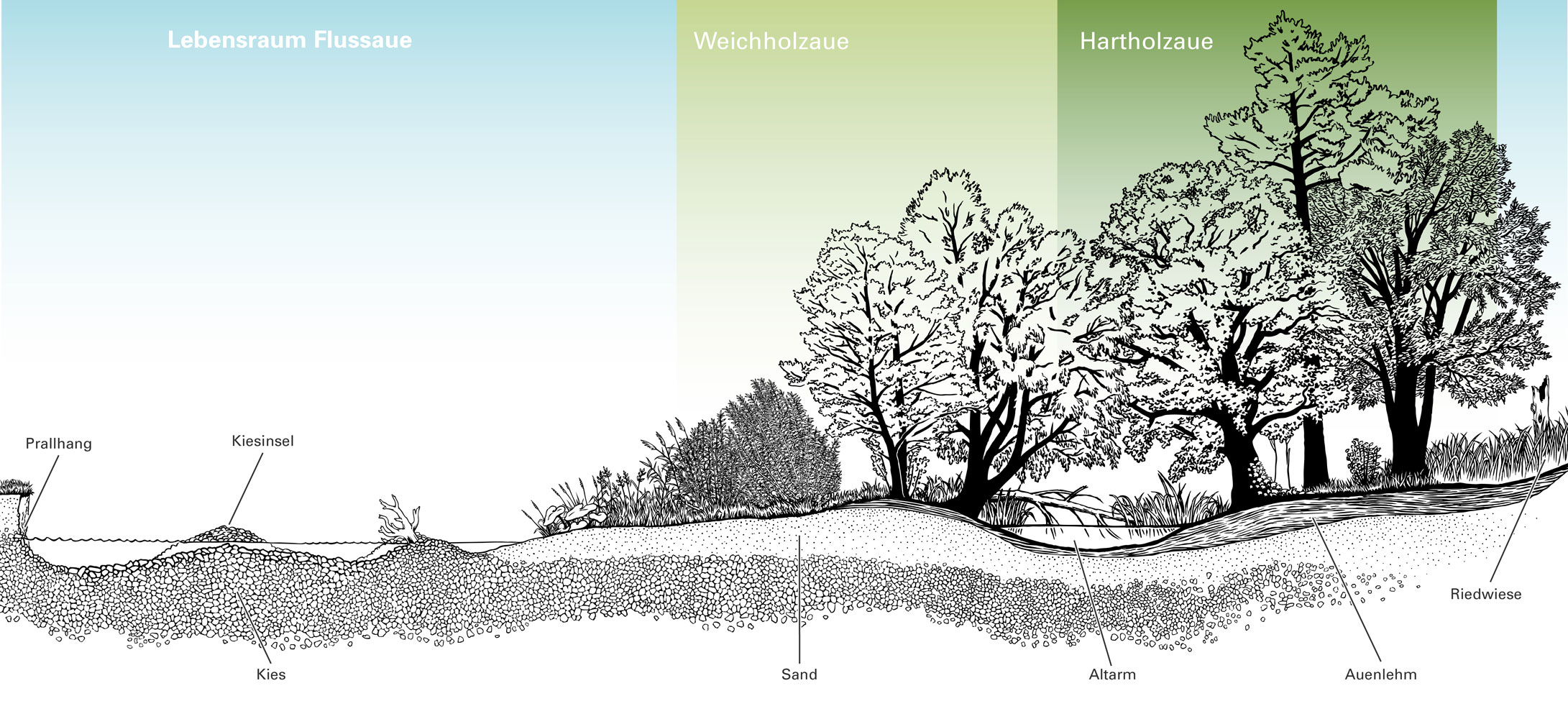
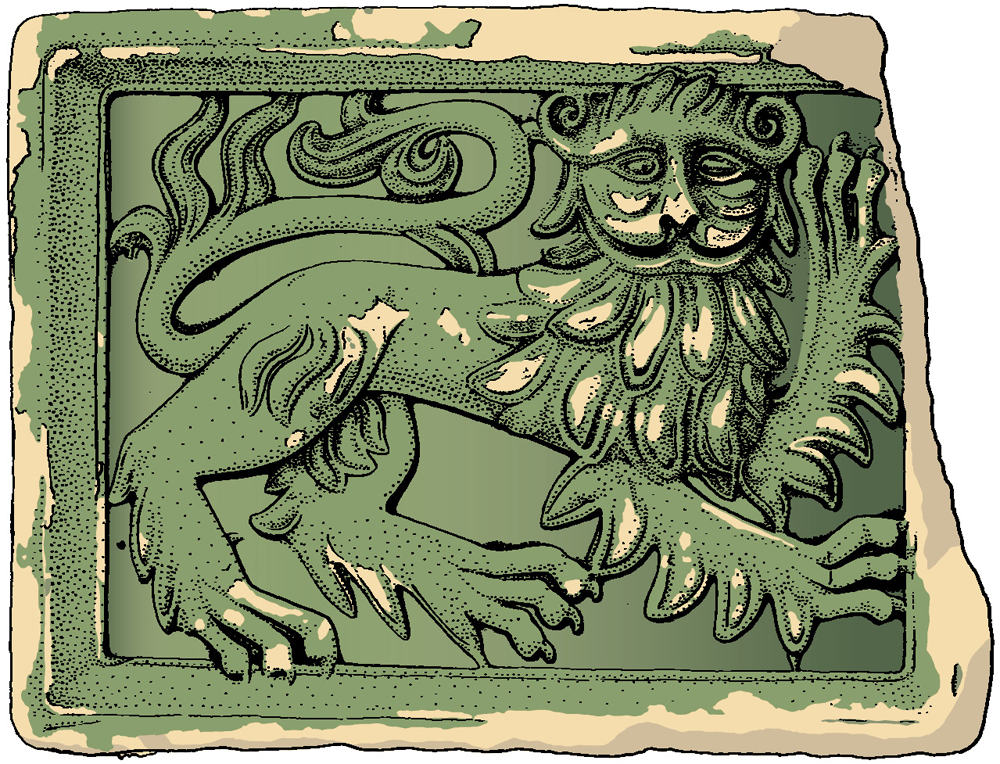
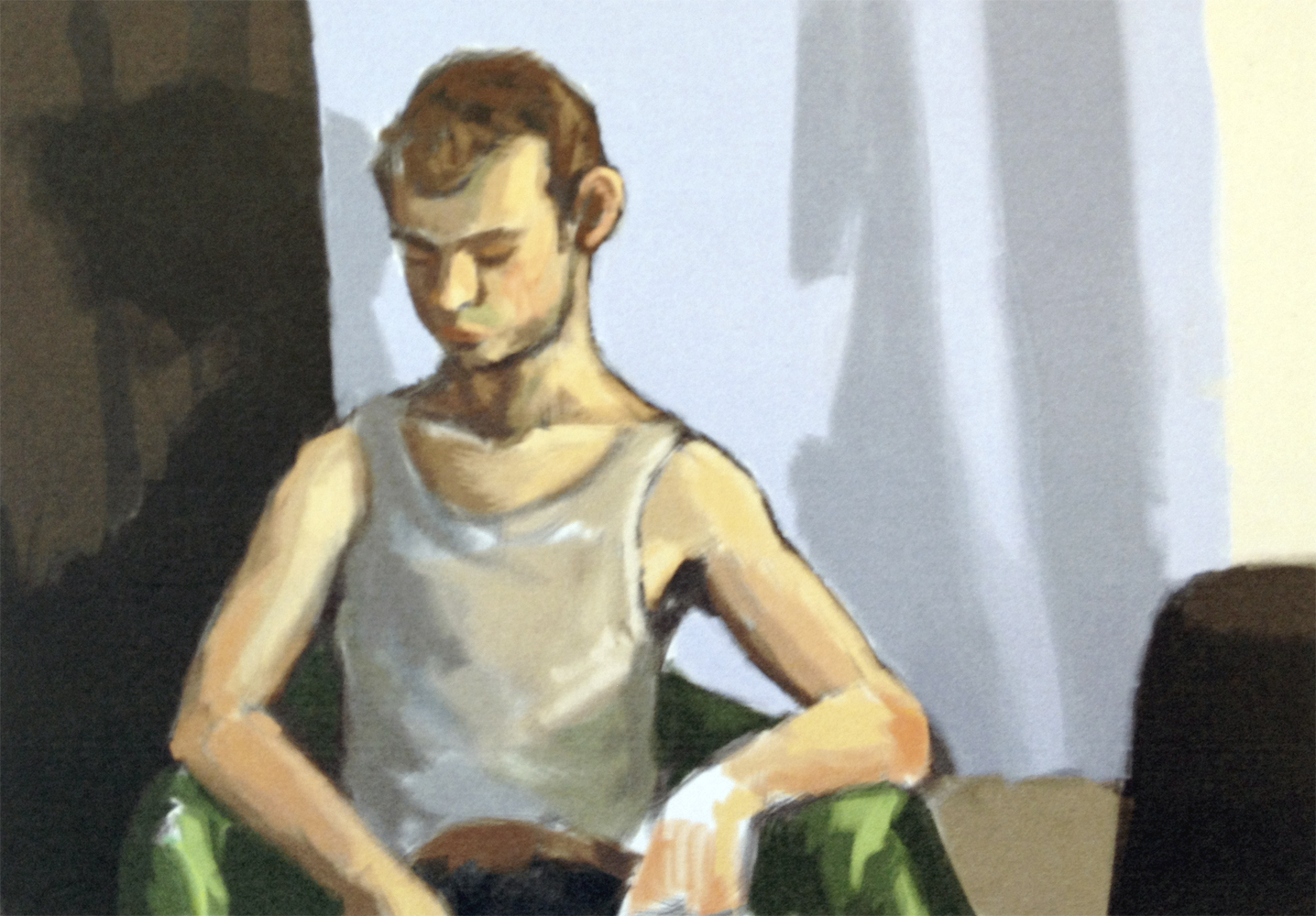

Check Out Andrés Salazar’s Portfolio!
Read the first part of Andrés Salazar’s Interview

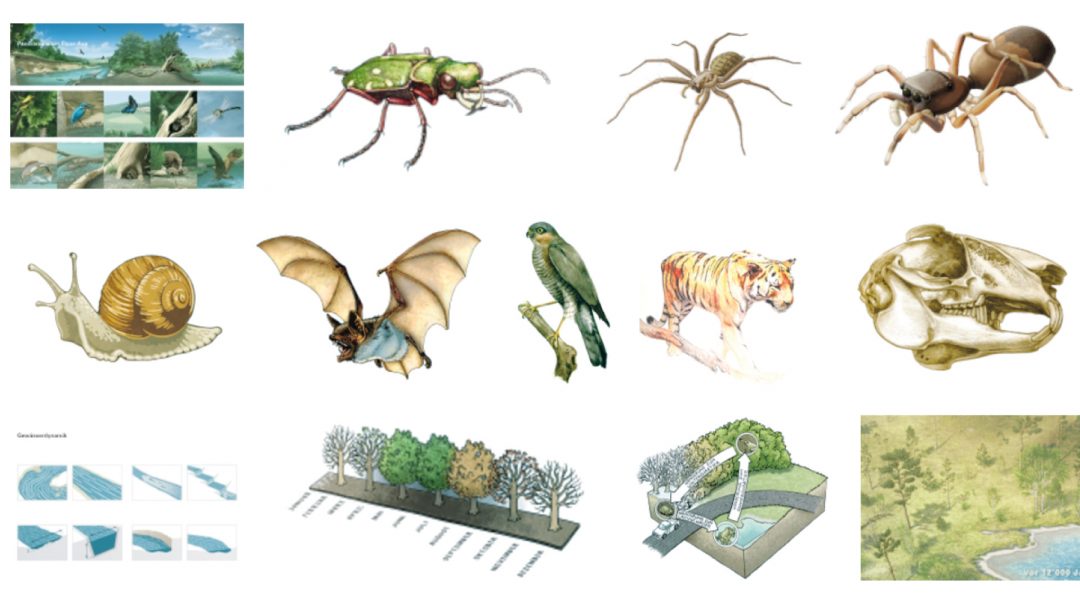
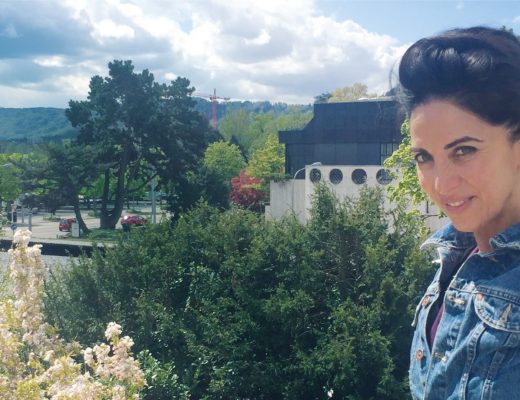

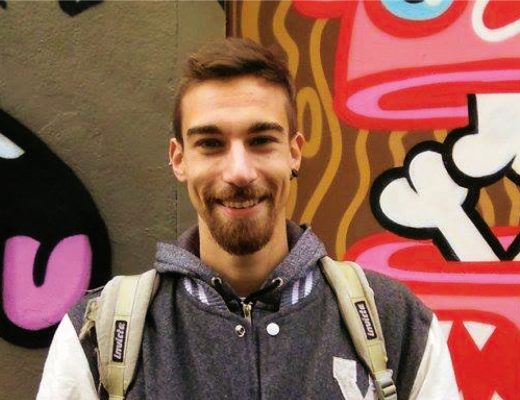
No Comments